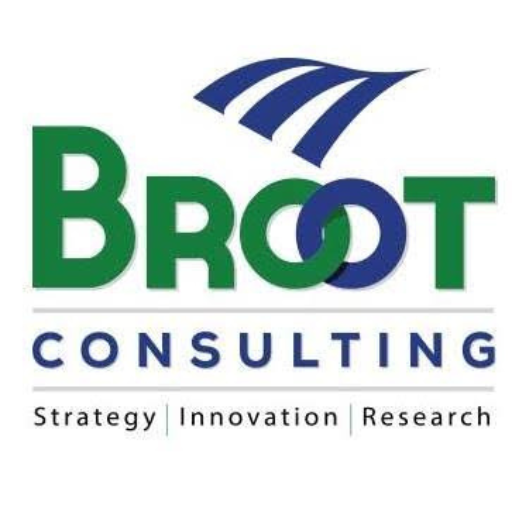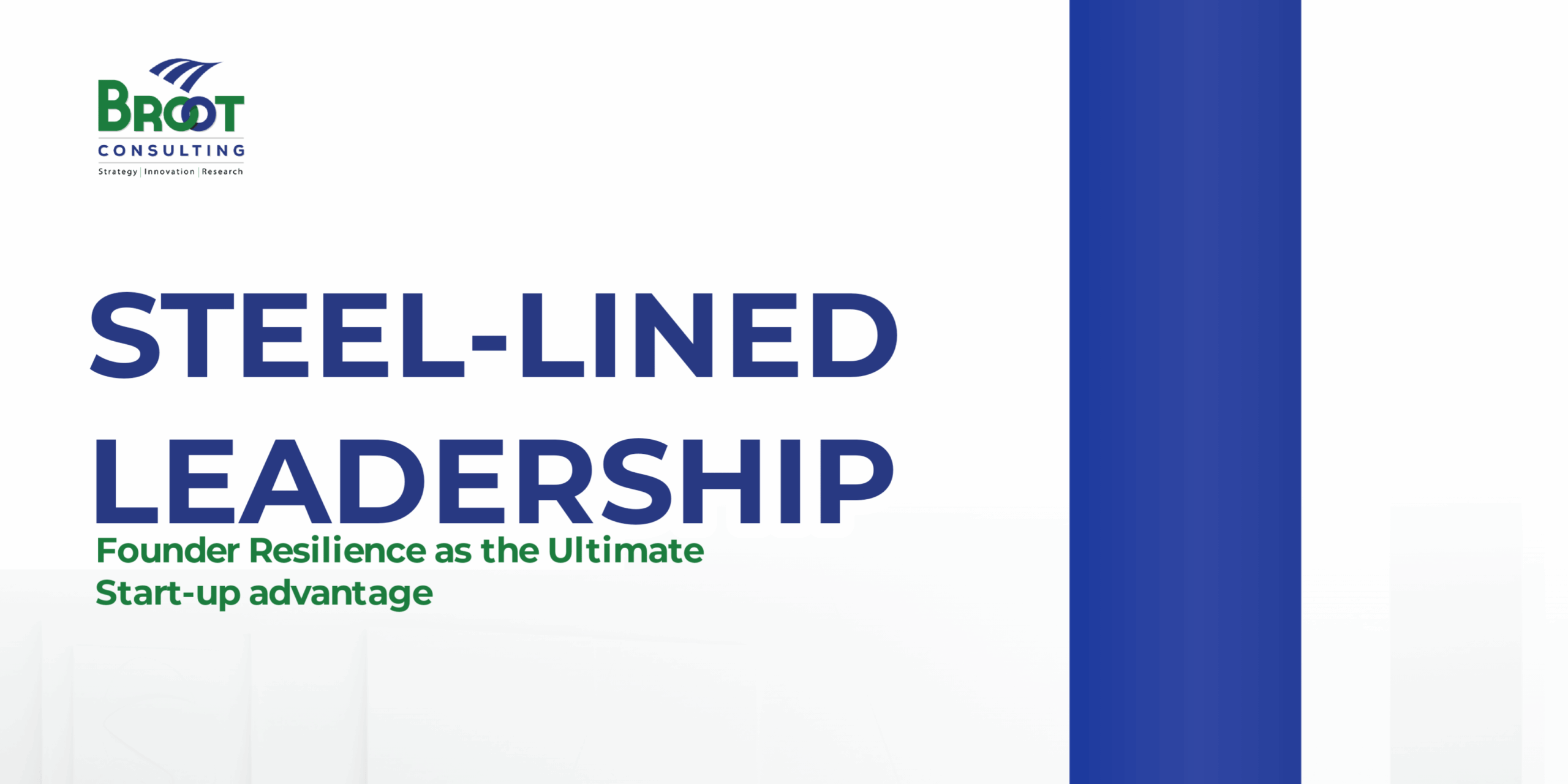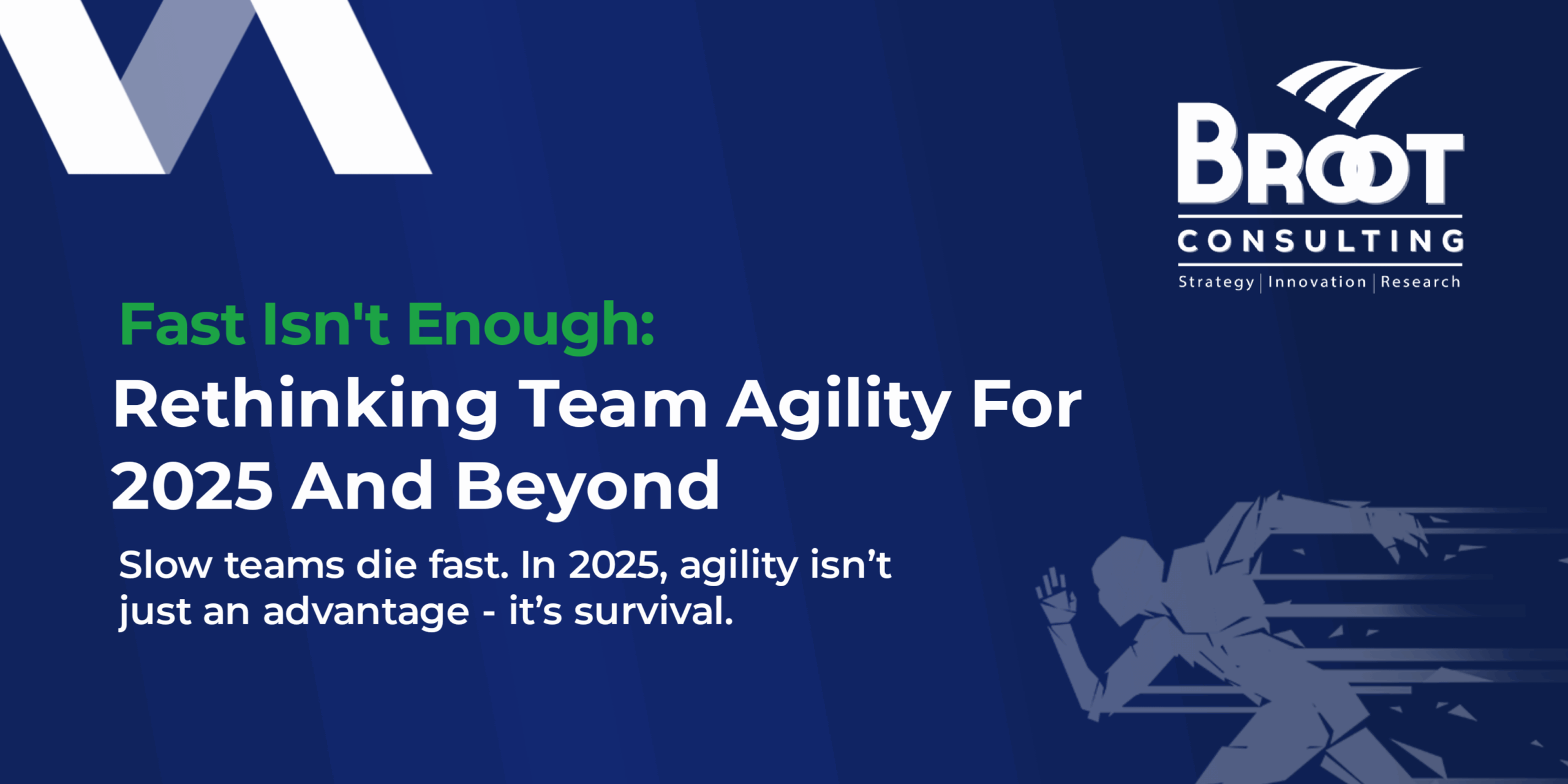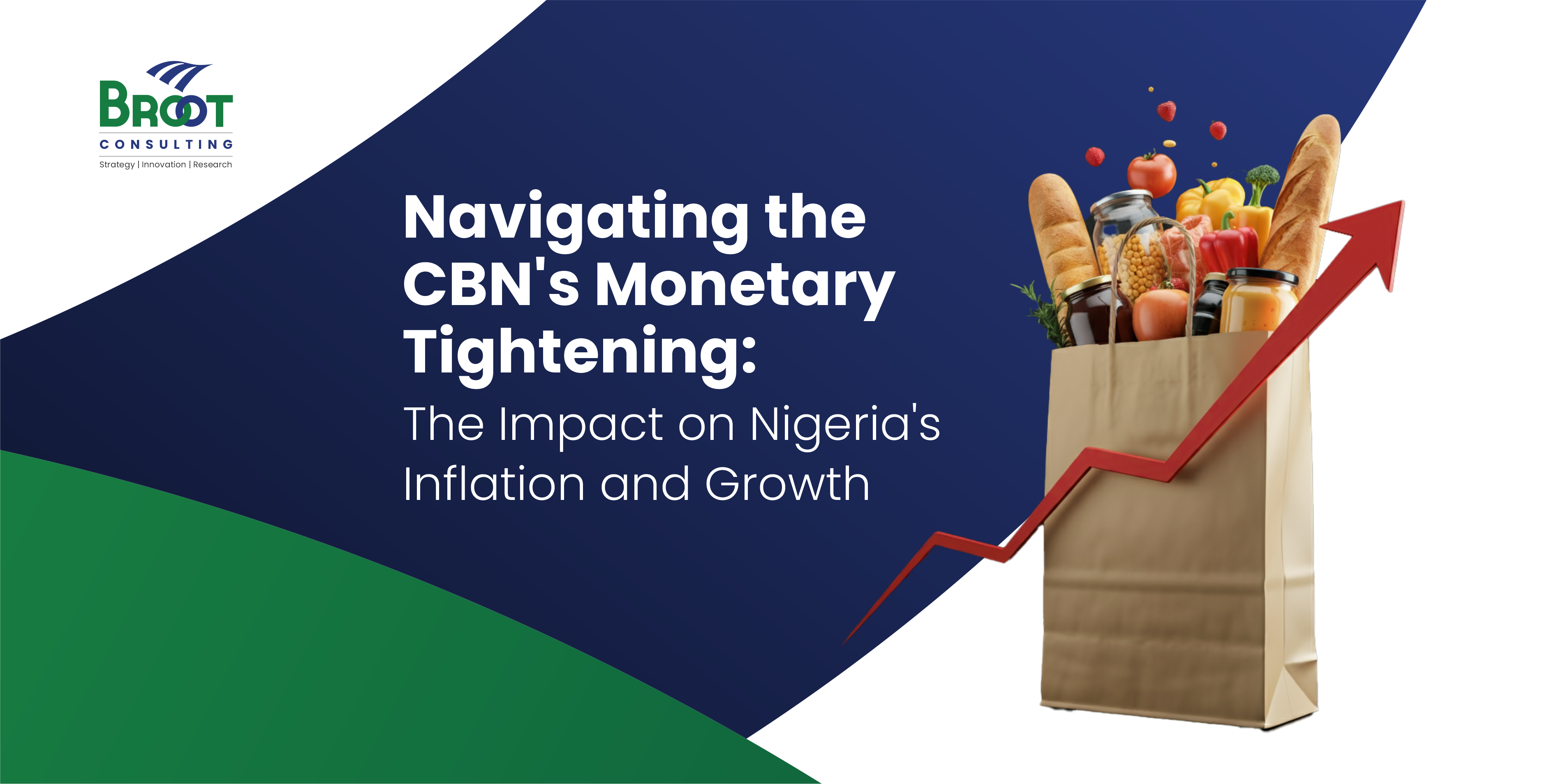Start strong, stay strong and finish strong by always remembering why you are doing it the first place – Ralph Marston
Think about organisations that started impeccably well, grew to an enviable height but later disappeared. Have you ever wondered why such firms crumbled and buried in the sands of time? Perhaps, at some points on your journey, you have been terrified of the unknown, wondering what will happen to your legacy. When there is lack of alignment the organisation is bound to fail. A sustainable business is only achievable through a continuous pursuit of alignment.
Misalignment in an organisation can either be creeping or strategic. The creeping misalignment occur daily, they often appear small and negligible; however, if left unchecked it could erode the ability of an organisation to create and deliver value. Strategic misalignment on the other could be sudden, it is the inability of the organisation to implement strategic changes that will further create value to your customers. The failure of an enterprise is never without warning signs, however like Belshaz’zar of old, the indulgence and the euphoria of the moment or the glories of the recent past clouds insights and foresight thereby making it impossible to recognise the writing on the wall.
Recognizing misalignment in your organisation may not be difficult as fixing the misalignment. Barry Varcose, an Associate fellow at Oxford University’s Saïd Business School, puts it nicely, “If you’re fighting fires at work and never seem to have time to do the important things, if you’re working on projects that don’t seem to advance at a good pace, if you’re working hard and yet your company doesn’t get to the next level then you might be experiencing misalignment”.
The picture painted by Varcose resonates well with most managers and business leaders. Managers experience them in the form of internal friction, the poor performance of some products or service offerings in certain markets, rumour mongering, the presence of the fifth columnists, inefficient application of resources, haphazard planning and execution, negative feedback from customers, failure to meet deadlines and long meetings. These are subtle daily occurrences that can be threatening to the health of any organisation if left unattended.
The major challenge and point of frustration for many managers is how to get every structure of the organisation to work towards the common good of the organisation.
What Value Are You Creating?
Your organisation is aligned when your Purpose, People, Strategy, System, Goals, and Resources positively reinforce your value proposition. It is at that point when everyone in your organisation has a clear sense of direction and mission. When they know what to do at every given time, and when there is a system that trusts and move them in the right direction.
The ability to achieve alignment is dependent on your ability to recognise and adequately define your value. What value do you create that draw customers to your business? Do you have superior value than your competitors? Does your staff believe and support the value you intend to create? I believe that the value you create is the output of your purpose, therefore rather than focusing on those grandiose vision and goals, it is better to focus on value and let it drive your purpose.
Why do you wake up every morning? Why do you exist? Why are you doing what you are doing? Your purpose is the reason why you are in business, the reason for doing what you are doing. So why are you doing what you are doing? If an individual in your organisation does not know and understand their life purpose, then there will be a misalignment in the organisation. The best place to begin is even before you hire a potential employee. Do you try to understand their purpose and if it aligns with that of your organisation?
In setting up BROOT Consulting the major issue that I battled with was, defining our value. How do I set up a consulting firm that will outlast many generations? What do I need to do differently? Or is it just about another firm – a means to an end, to put food on the table?. I tried to ruminate on what I was trying to achieve, and I concluded that if there wasn’t any compelling value that the client will continuously appreciate then purpose and structure will not last.
I have witnessed organisations go down the drain, and the legacy of the founder wiped out. I have seen small and medium companies, professional firms: Accounting, Law, Architectural and Engineering firms die with their founders. It still leads to the question, “what is the enduring value that is being created by your organisation?” Would it matter to anyone if you are out of business tomorrow? Is your purpose clear enough that your investors, employees, partners, and customers are excited by it?
Your Vision, Strategy and Goals
Your Value and Vision: To continue in business, you must establish a well-defined and easily understood pathway of how you hope to win and maintain winning in your industry. You must bear in mind that when you don’t win, then it is because you are not creating and delivering strong value to your customers. Your vision must be sacrosanct; it is the reason for your existence. Your vision must be sustainable; it differentiates you from others. It excites your workers to give their best and your stakeholders to believe in you.
Your business strategy: a vision remains a day-dream if it is not accompanied by a strategy that supports your goals. The strategy must be flexible and reflective of the changing dynamics in your operating environment. It must articulate the source of your competitive advantage and how such a competitive edge will be sustained.
Your Capability: Do you have what it takes to achieve your vision? What are you good at? An honest answer to these questions would fill in your capability.
Your People and Resources: the strategy will be of no good use if not supported with the resources that will ensure implementation. What do you need to have to ensure that you win in the marketplace? Of all your resources, the human resource is the greatest. It is at the centre of your ability to achieve alignment in your organisation. Without the right people, attaining organisational alignment will be a mirage. In a recent research finding, McKinsey discovered the importance of strong connections between direction, strategy, goals, and purpose in sustaining performance.
The study shows that when people understand and are excited about the direction their organisation is taking, the company’s profit margin is usually twice as likely to be above the industry average. With the right people, it won’t be difficult to achieve and sustain the organisation’s vision and purpose.
Symptoms of Misalignment
As pointed out earlier, misalignment occurs in organisations because different elements are working at cross purposes; therefore, the purpose of the organisation is not achieved. There are lots of activities but little result, lots of energy but not enough to spark the fire of enthusiasm and high performance.
- The Founder’s Trap – if you have built an organisation that is overly dependent on yourself and difficult to separate from your person, then there is a problem with your value chain. Entrepreneurs fall into the founder’s trap when they are afraid to lose control when it is hard to let others lead and inspire their team as they deem fit. Organisations that fall into this ruse do not have any plans for succession planning. They continue as if everything will remain as they are, and the founder will always be around. To quit the founder’s mentality, institute a robust control mechanism, delegate more, and restructure the company with outside help.
- Loss of Institutional Memory: every organisation begins with a strong entrepreneurial spirit. However, a shift in focus creeps in as the company grows. Sometimes the very essence of what made this success is lost. It is therefore vital that the culture that leads you to become successful be preserved and continuously reaffirmed through strong institutional memories architecture. The culture that brings transformational success and the contributions of people who made it happen must never be forgotten.
- Entitlement Mentality: misalignment will occur if some employees see themselves as the “centre of the universe” and see privileges as rights. The entitlement mentality is self-preserving and a danger to colleagues, customers and other stakeholders
- Internal friction – constant internal friction among employees is a sign that your organisation is misaligned. It makes you spend considerable time settling quarrel than developing the business.
- Weak Governance structure: ineffective leadership together with a docile board of directors that fails to provide the necessary controls, guidance and stewardship will cause a misalignment in the organisation.
- Inadequate Planning Process: this will be revealed by factors like reactive spending and haphazard implementation of decisions. They show that there is a gap in the planning process that has to be fixed
- Poor Communication: failure to communicate effectively leads to suspicion and can result in strategic misalignment.
Other symptoms include a lengthy and cumbersome decision-making process. For some organisations, it is having too many meetings!
Conclusion:
Failure to achieve an environment in which all elements of your business work together harmoniously for the common good of the organisation will lead to misalignment. If one of the components within the value chain of your organisation is threatened and not immediately addressed, it could be the begin of a downfall of an organisation no matter its current position. The downfall will happen because the value you create will not be attractive your customers.
To learn more about how to create alignment in your organisation and continue to create and deliver superior value, please talk to us and you can also learn more at our upcoming Offering Alignment workshop
 Olukunle A. Iyanda, Ph.D., FCA, MBA
Olukunle A. Iyanda, Ph.D., FCA, MBA
Founder/Chief Executive Officer, BROOT Consulting
iyanda@brootc.com




